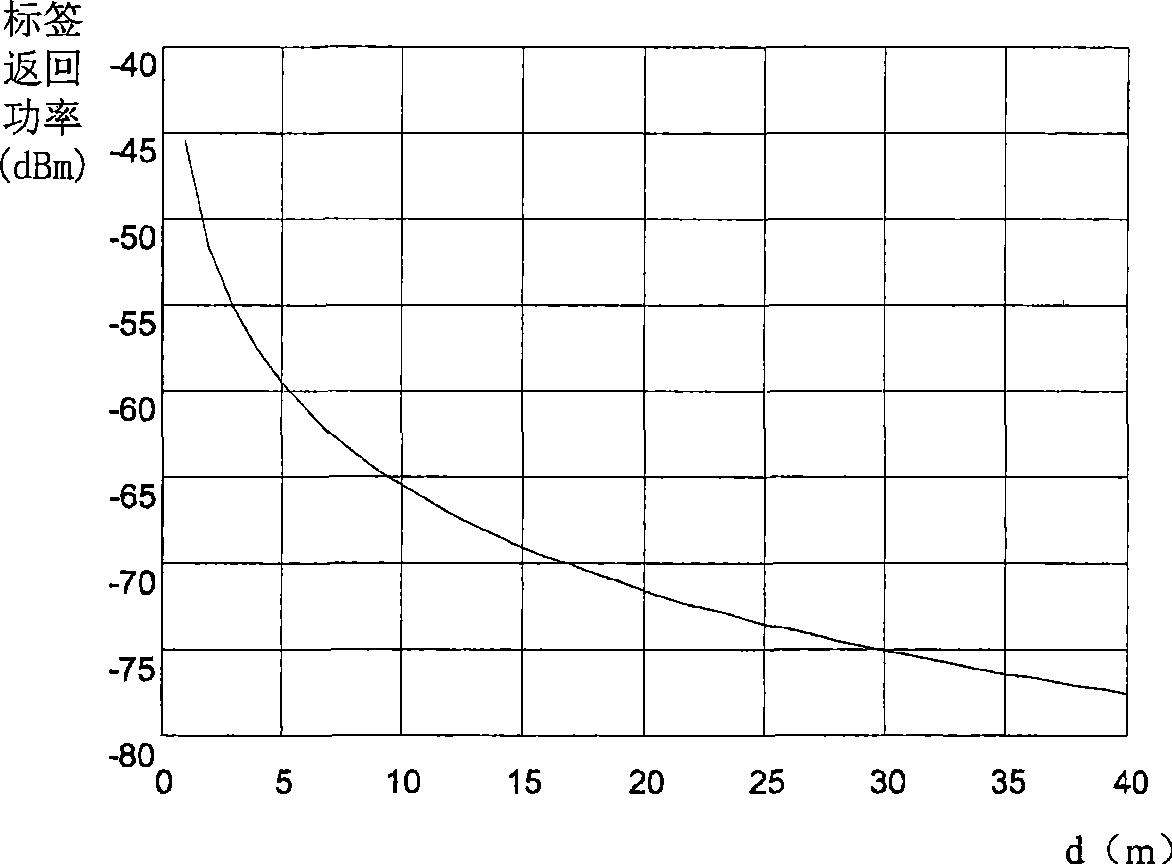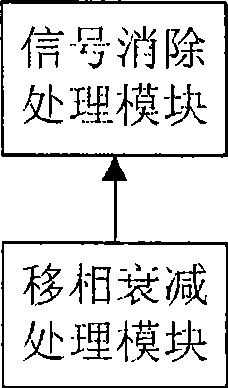Self-interference signal eliminating apparatus and method and RFID reader-writer
A technology of signal elimination and self-interference, applied in the field of radio frequency identification, can solve the problems of low receiving sensitivity of RFID readers and has not been effectively improved, and achieve the effect of reducing the impact
- Summary
- Abstract
- Description
- Claims
- Application Information
AI Technical Summary
Problems solved by technology
Method used
Image
Examples
no. 1 example
[0152] like Figure 13 As shown, the first embodiment of the self-interference signal elimination method in the RFID reader-writer comprises the steps:
[0153] Step 131, predetermine attenuation parameters and phase shift parameters of the self-interference signal relative to the radio frequency signal sent by the TX end. In this step, specifically, the above two coefficients may be determined through experiments or simulations.
[0154] Step 132: Acquire the signal sent by the TX end, perform attenuation processing and phase shift processing on the signal according to the above attenuation parameter and phase shift parameter, and obtain an estimated self-interference signal.
[0155] In this step, the signal sent by the TX end can be attenuated first according to the attenuation parameter, and then the attenuated signal can be phase-shifted according to the phase shift parameter; or the signal sent by the TX end can be phase-shifted according to the phase shift parameter. ...
PUM
 Login to View More
Login to View More Abstract
Description
Claims
Application Information
 Login to View More
Login to View More - R&D
- Intellectual Property
- Life Sciences
- Materials
- Tech Scout
- Unparalleled Data Quality
- Higher Quality Content
- 60% Fewer Hallucinations
Browse by: Latest US Patents, China's latest patents, Technical Efficacy Thesaurus, Application Domain, Technology Topic, Popular Technical Reports.
© 2025 PatSnap. All rights reserved.Legal|Privacy policy|Modern Slavery Act Transparency Statement|Sitemap|About US| Contact US: help@patsnap.com



